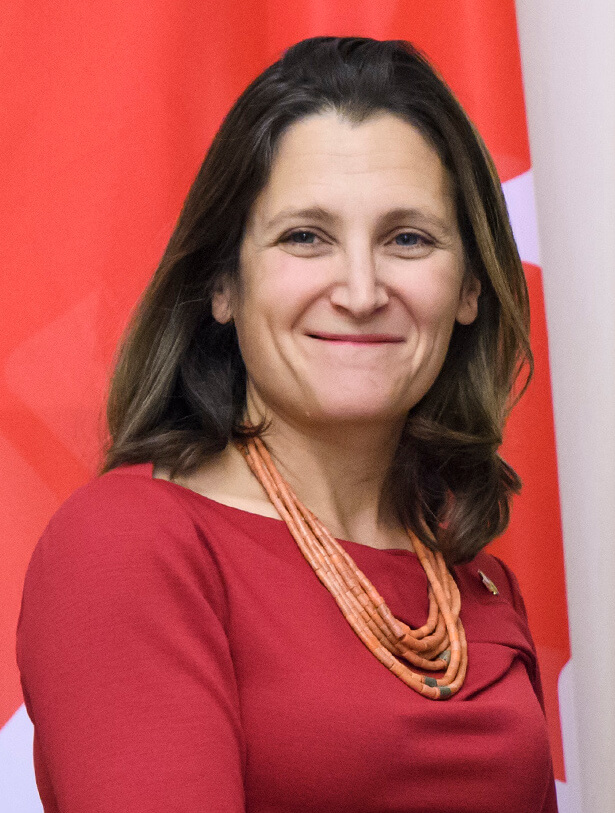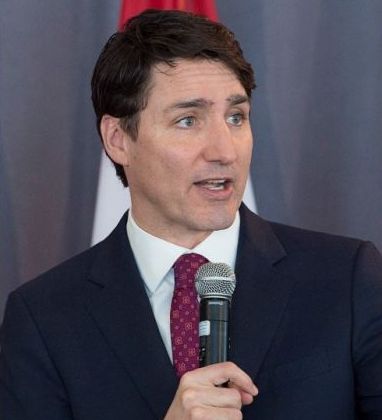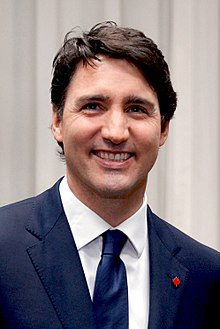Government announces Canada Carbon Rebate amounts for 2024-25
The Voice of Canada :
The federal government announced the Canada Carbon Rebate amounts for 2024-25.
The Canada Carbon Rebate (previously known as the Climate Action Incentive Payment) returns fuel charge proceeds to Canadians through direct deposit or cheque, every three months, ensuring most households get more money back, with lower-income households benefiting the most. All direct proceeds are returned in the province of origin. Starting this April, a family of four will receive Canada Carbon Rebates of:
- $1,800 in Alberta ($450 quarterly);
- $1,200 in Manitoba ($300 quarterly);
- $1,120 in Ontario ($280 quarterly);
- $1,504 in Saskatchewan ($376 quarterly);
- $760 in New Brunswick ($190 quarterly);
- $824 in Nova Scotia ($206 quarterly);
- $880 in Prince Edward Island ($220 quarterly); and,
- $1,192 in Newfoundland and Labrador ($298 quarterly).
In addition to the base Canada Carbon Rebate amounts, starting this year, the federal government is proposing, through legislative amendments in Bill C-59, to double the rural top-up to 20 per cent, in recognition of rural Canadians’ higher energy needs and more limited access to cleaner transportation options.
This year’s Canada Carbon Rebate amounts reflect the temporary pause of the fuel charge on deliveries of home heating oil that came into effect on November 9, 2023. In Nova Scotia, Prince Edward Island, and Newfoundland and Labrador—where households more often rely on home heating oil— rebate amounts have been adjusted to reflect expected fuel charge proceeds in 2024-25 compared to 2023-24. In all other provinces where the federal fuel charge applies (Alberta, Saskatchewan, Manitoba, Ontario, and New Brunswick), Canada Carbon Rebate amounts have increased.
The federal government is encouraging financial institutions to consistently label the Canada Carbon Rebate direct deposits that Canadians receive in their bank accounts every three months.
Quotes
“When carbon pollution pricing is done right—as we are doing here in Canada—it effectively reduces emissions and makes life more affordable for Canadians by ensuring they receive more back than they pay. That’s why every three months, we are delivering hundreds of dollars back to families through the Canada Carbon Rebate—which gives eight out of 10 families more back than they pay—while ensuring big polluters pay their fair share.”-The Honourable Chrystia Freeland, Deputy Prime Minister and Minister of Finance
“The Canada Carbon Rebate puts more money in your pocket every three months. It was created to make big polluters pay and give that money back to Canadian families. And it’s working. This is how we’re making life more affordable and cleaning the air we breathe.”-The Honourable Seamus O’Regan, Minister of Labour and Seniors
“Putting a price on pollution is the lowest-cost way to reduce the pollution causing climate change, while putting more money in the pockets of Canadians. It is a cornerstone of our climate plan, accounting for about one third of all our emission reductions by 2030. Without Canada’s revenue-neutral carbon pricing system, the cost to Canadians and the Canadian economy to achieve our emissions reduction goals by other means would be far greater.”-The Honourable Steven Guilbeault, Minister of Environment and Climate Change
“Canadians who live in rural areas face unique challenges, travelling longer distances for school, work, and groceries. Doubling the rural top up makes sure they have the help they need.”-The Honourable Gudie Hutchings,Minister of Rural Economic Development
Quick facts
- The Canada Carbon Rebate (previously known as the Climate Action Incentive Payment) is how the federal government returns the proceeds of carbon pollution pricing to families in provinces where the federal backstop system applies.
- The name was updated to the Canada Carbon Rebate to clarify its function, and make its meaning and relationship to the carbon pricing system more intuitive for Canadians.
- The federal fuel charge is implemented in provinces that request it or that do not have a carbon pricing system that meets the federal benchmark. All direct proceeds from the fuel charge are returned in the jurisdiction where they were collected.
- Through the Canada Carbon Rebate, eight out of 10 families in backstop provinces receive more money back than they pay into the system, with lower-income households benefiting the most.
- In addition to the Canada Carbon Rebate, the Government of Canada continues to support households in cutting energy costs through various initiatives, including financial assistance for home retrofits, energy efficient electric heat pumps, and zero-emission vehicles.
- On October 26, 2023, the Prime Minister announced a series of new measures to lower energy bills for Canadians, and provide more time and new support to help Canadians transition to cleaner, more affordable home heating options. These measures include:
- Temporarily pausing the federal fuel charge on deliveries of heating oil—in all provinces and territories where it currently applies—as of November 9, 2023. This pause provides more time and financial support for households using home heating oil to switch to heat pumps, and is estimated to save a Canadian household using 1,500 litres of home heating oil $261 in 2023-24;
- Doubling the rural top-up for the Canada Carbon Rebate from 10 per cent to 20 per cent;
- Making the average heat pump free to help low- to median-income Canadians switch off of home heating oil, in provinces and territories that have agreed to support the delivery of enhanced federal Oil to Heat Pump Affordability grants of up to $15,000, in addition to up to $5,000 in provincial or territorial grants.
- Incentivizing the switch to heat pumps with $250 upfront payments for low-to median-income Canadians who heat their homes with oil and sign up for a heat pump through a joint federal-provincial government program.





